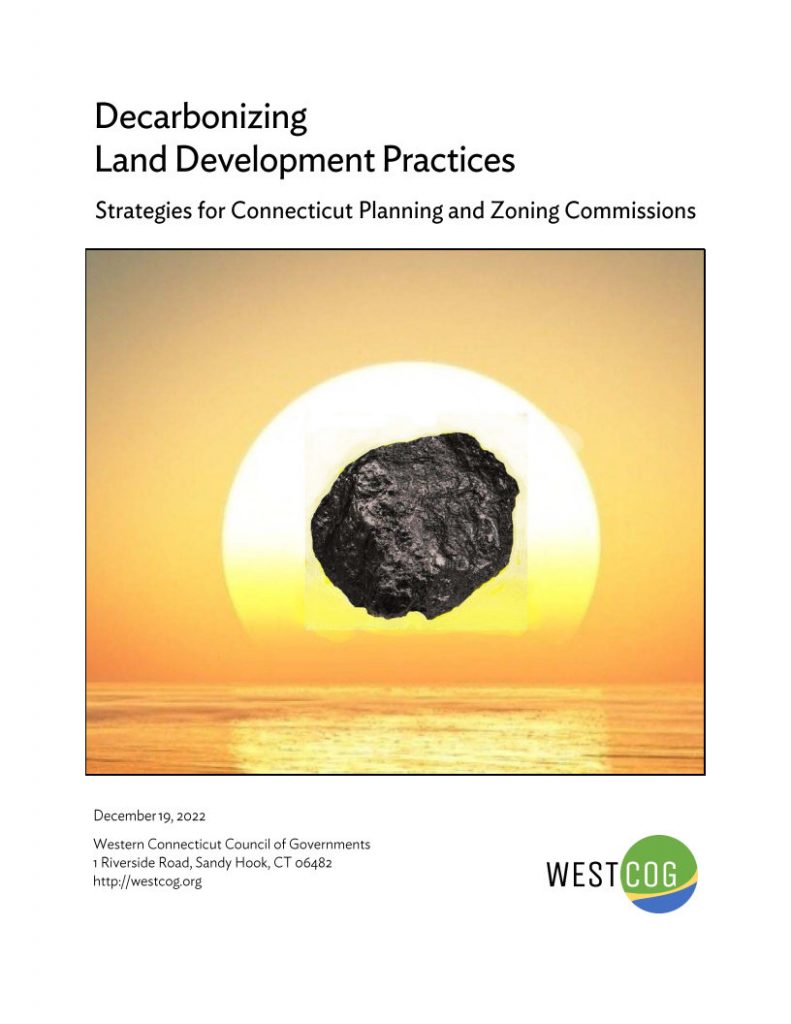Decarbonize Land Development

Summary of Decarbonize Land Development Report
The report provides a blueprint for developing solar-conscious land use practices to reduce dependence on fossil fuels. In 2022, the Connecticut legislature made a commitment to 100% renewable electricity by the year 2040. To achieve this goal, the state of Connecticut will need to make transformative investments in renewable energy – including mass deployment of photovoltaic panels for electricity and dramatic improvements in energy conservation programs. The report underscores the critical role of establishing solar access protections to ensure current and future investments in solar energy are not compromised by shadows cast by trees, buildings, and other objects. Connecticut is one of a limited number of states that has not adopted state-level solar access protections or solar easement laws – potentially undermining public confidence and private investment in photovoltaic electricity.
The report reviews a wide range of photovoltaic deployment strategies that fall within the authority of local governments through zoning and subdivision regulations. For example, six local land use strategies are identified that can help decarbonize the electric grid consistent with the recently expanded zoning authority to regulate solar-conscious development enabled by Public Act 21-29. This is the first comprehensive analysis of existing Connecticut land use practices and their impact on solar-conscious patterns of development. For those concerned with climate change, the report identifies how local government regulations can minimize its impacts.

